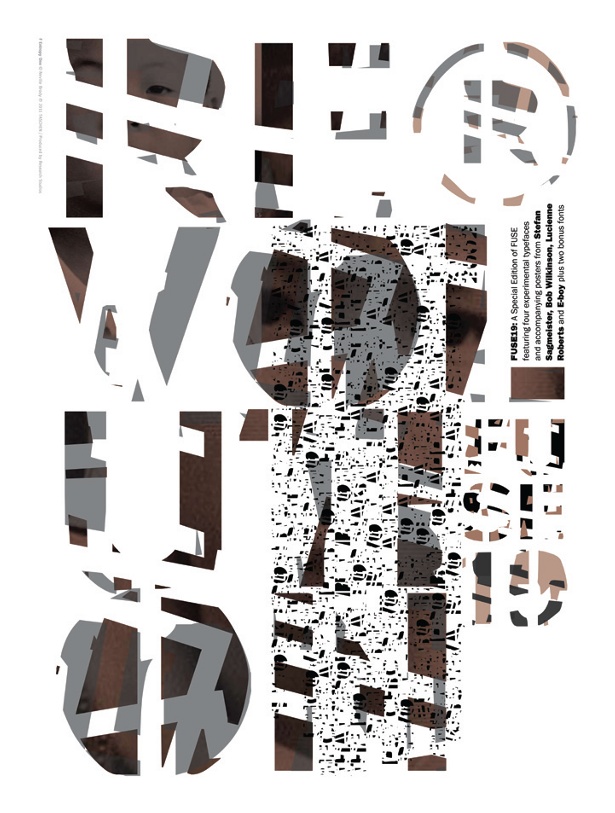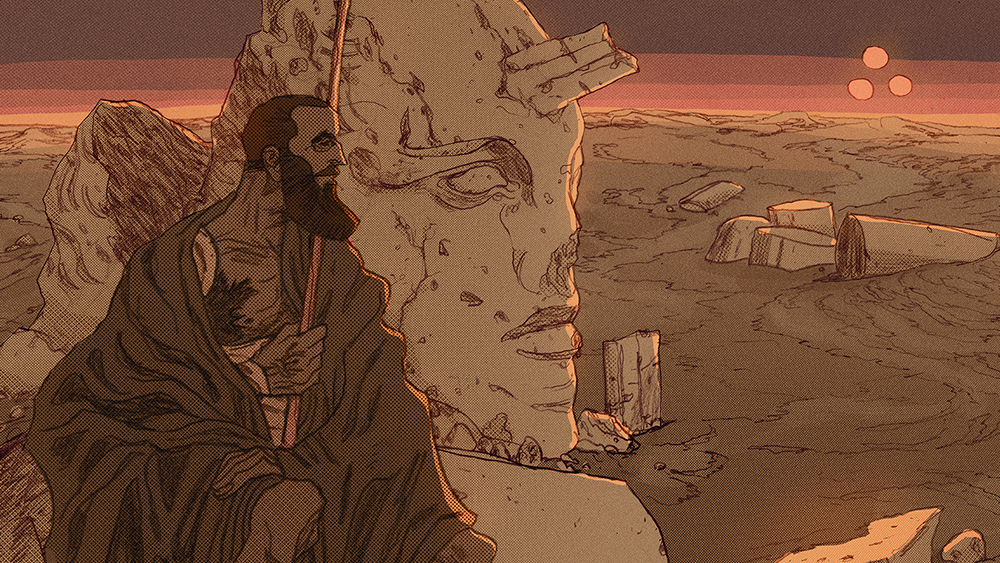Trend report: Designing failure
From generative design to glitch art, many creatives are sacrificing control in favour of beautiful randomness. It may not always work, but failure can be a great teacher
The art of failure has come into focus across the creative industries recently. Designers, strategists and planners are embracing and celebrating failure as a viable way of encouraging innovation, and disruption, deviance and engineered errors are pushing the boundaries of design, delivering an antidote to mass manufacturing. The Harvard Business Review dedicated the whole of its April 2011 issue to the concept of failure, and business magazine Fast Company has begun to regularly feature contributors’ articles on the value of making mistakes. Consumers are chasing failure as well, purchasing products that have errors and inaccuracies as their USPs.
In one Fast Company article James Hunt, head of transdisciplinary design at Parson, identified certain types of failure that work best for innovation. “We can recognise that there are valuable kinds of failure that are essential to innovation processes, while acknowledging that there are other types of failure that do little good,” he argues. “The old adage is correct: We do learn from failure. And there’s no question that out of failure – even abject failure – we emerge transformed in ways that may ultimately be beneficial.”
This is not to say that failure is always good – it can suck up valuable time and resources. John Roberts, author of The Necessity of Errors, blames the current economic system, pointing out that it has left little leeway for failure. “Capitalism does not reward failure in the market,” he explains. “If a company deliberately develops a product that is badly designed or outmoded or dangerous, and therefore has no use-value, the company will go out of business.”
But despite Roberts’ warnings some companies, such as digital design agency ustwo, have put the fear of financial failure to one side and have embraced failing as a vital tool for their business. Co-founder Matt Miller, better known as Mills, says: “Failure never crosses our lips or minds. Instead we refer only to ‘succailure’, a word devised to encapsulate the positive associations and learning gained following deployment of a product to niche markets.”
One example of this in action is Papercut, an interactive reading app created by ustwo in order to “disrupt and show publishing houses that a UI/UX studio had the balls to do something they should have done”. The app combined sound, video and text to tell stories, garnered international acclaim, and was app of the week in the Apple App store. Unfortunately, it barely made any money.
But according to Mills: “There is always success to be found in failure, especially if you have the desire to use past knowledge gained in your future projects. It’s only ever failure if you look back at the end of it all and see that you never pushed the envelope. I’d rather be seen as someone willing to put it out to get picked up over someone who keeps it inside forever.”

Accidental innovation
Innovation is a word thrown around so often that its meaning is increasingly indefinable. This is not helped by the many ‘categories’ of innovation – soft, hard, sustaining, break out, and disruptive, to name but five. But what all these often confusing terms have in common is that they can be loosely grouped under the banner of strategic innovation. This means developing the ultimate criteria for innovation to flourish – in other words, planning for it to take place.
On the other hand, we have the antithesis to this concept – what could be termed accidental innovation. The discovery of penicillin, for instance, to give an example from another sector. But the concept seems at odds with the current push amongst companies for strategic innovation, and the belief that ideas need to have a formal framework in order to be successful.
Victoria Langdon, an innovation associate at global strategic consultancy Prophet, is adamant that innovation does not need to be accidental in order to be creative. In fact, she argues that creativity and innovation are mutually exclusive, and that innovation adds framework to ideas: “I don’t believe in eureka moments per se, but I do think you can have mechanisms to help come up with them,” she says. “Creative industries have self-organised themselves due to the need to have some kind of structure to formulate and make concrete ideas. Look at fashion – they have seasons as the framework in which they work. Similarly, companies do things by the tax year.”
However, Langdon isn’t completely against the concept of serendipitous innovation. “I do believe happy accidents are an important part of innovation and I think that you can do a lot to help these happen,” she adds. “For example, seeking inspiration; having the right mindset; not being afraid and creating the right environment for creativity all help aid happy accidents.” Innovation’s limitations arise when businesses are not organised in a way that is conducive to encouraging creativity. “Strategic innovation, when carried out in the right way, does not have to be restrictive to the creative process,” she continues. “Most innovation managers spend their time dealing with internal politics, logistics, business models and executive boards requirements. All of this infrastructure should free up the opportunity for creative innovation to take place. Organisations, by their nature, aren’t formed in a way that encourages innovation, because creativity is very rarely organised.”

Daily design news, reviews, how-tos and more, as picked by the editors.

The Creative Bloq team is made up of a group of art and design enthusiasts, and has changed and evolved since Creative Bloq began back in 2012. The current website team consists of eight full-time members of staff: Editor Georgia Coggan, Deputy Editor Rosie Hilder, Ecommerce Editor Beren Neale, Senior News Editor Daniel Piper, Editor, Digital Art and 3D Ian Dean, Tech Reviews Editor Erlingur Einarsson, Ecommerce Writer Beth Nicholls and Staff Writer Natalie Fear, as well as a roster of freelancers from around the world. The ImagineFX magazine team also pitch in, ensuring that content from leading digital art publication ImagineFX is represented on Creative Bloq.
